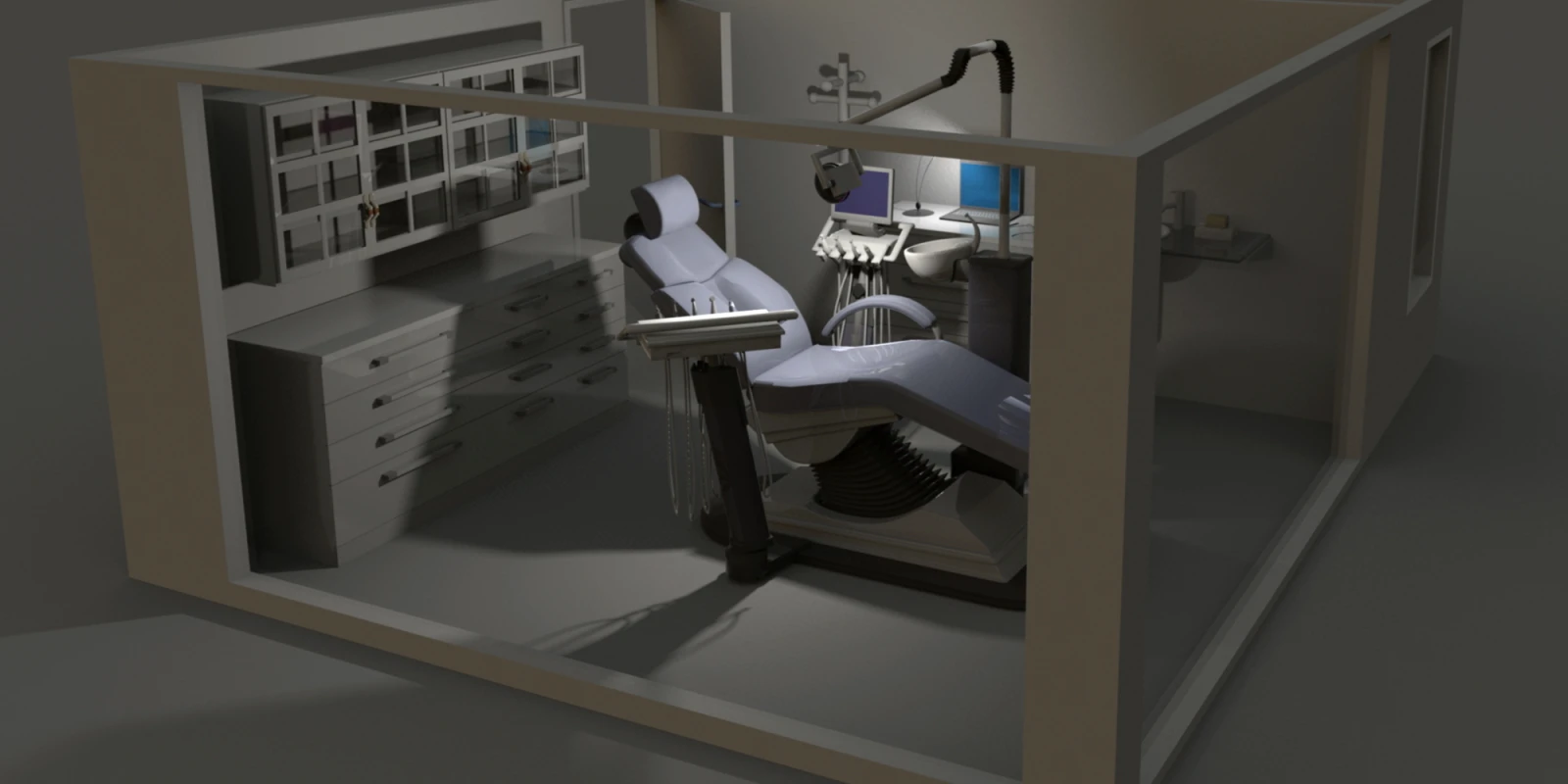
In 2015, healthy, happy 6-year-old Caleb Sears suffered a cardiac arrest in his oral surgeon’s office after receiving midazolam, ketamine, propofol, fentanyl, and nitrous oxide. He became apneic and later passed away. His devastated family could not understand how this tragedy had happened. They discovered that in California and many other states, dentists and oral surgeons, unlike anyone else in medicine, can provide deep sedation or general anesthesia to patients while performing the procedures. This is called the single operator or operator-anesthetist model. These dentist/oral surgeons support their method of practice by having their dental assistants help monitor the patient’s vital signs. Dental assistants, while excellent at helping care for teeth, have no medical training. The only person with any medical training in the room is the dentist or oral surgeon doing the procedure. Only the dentist or oral surgeon can start an IV, determine which medications to use, manage the airway, and direct the resuscitation. In addition, they found that each state’s dental board determines the requirements and regulations governing anesthesia and sedation in dental offices.
Caleb’s family set about trying to change the California law. Their initial attempt resulted in the passage Caleb’s Law that required the Dental Board of California (DBC) to review and recommend changes of the regulations governing dental anesthesia at that time. The next step was to codify all the recommendations made by the DBC, which included the provision of a separate dedicated and independent anesthesia provider for children less than seven years of age undergoing deep sedation or general anesthesia. This step included a complete representation of all the patient safety recommendations from the DBC. It was sponsored by the American Academy of Pediatrics-California Chapter (AAP-CA), the California Society of Anesthesiologists (CSA) and the California Society of Dentist Anesthesiology (CSDA). (Full disclosure, as a member of the CSA and the Chair of the American Academy of Pediatrics Section on Anesthesiology and Pain Medicine at that time, I was asked to help provide expert testimony. None of us were paid or received any compensation.) Only after much debate and significant amendments to strengthen several provisions was SB 501 eventually signed into law in California in October 2018. The major provisions of SB 501 can be found here.
While there were some good things that came out of this law, there was one major area of disagreement for Anesthesiologists, Pediatricians, and other physicians, and that is the continued support for the single operator-anesthetist model of practice, whereby the operating dentist or oral surgeon can supervise and provide anesthesia at the same time. This does not happen anywhere else in medicine, particularly for deep sedation or general anesthesia in children. The standard of care in these situations is to have a separate, medically-qualified person administer the sedation and monitor the patient, while another (physician, nurse or advanced practice provider) performs the procedure.
There were some positive changes that occurred as a result of this law, the most important of which is the adoption of standard ASA and CMS terminology for levels of sedation and anesthesia instead of the mishmash of terms used in dentistry. The other important changes are the requirement for mandated reporting of adverse events, improved education, and a pediatric endorsement for care of children less than seven years of age.
As part of the team supporting Caleb’s Law, we reached out to Dr. Charles Coté and Dr. Steven Wilson, who are the longtime co-authors of the universally accepted AAP/AAPD “Guidelines for Monitoring and Management of Pediatric Patients Before, During, and After Sedation for Diagnostic and Therapeutic Procedures: Update 2016.” As a result, Dr. Coté was able to come to Sacramento to meet with lawmakers and lobbyists. He quickly realized that parts of the 2016 Guidelines were being misinterpreted to support the use of the single operator-anesthetist model. He also realized that every state had separate and often different requirements and definitions for sedation and anesthesia practices in dentistry. He and Dr. Wilson are currently working on an update to these Guidelines to correct these misinterpretations.
The outrage over unnecessary dental deaths in children and the media attention surrounding Caleb’s Law has also led to increased and sustained coverage and scientific articles around the country, including a law in Hawaii, journal studies in Pediatrics and Anesthesiology, and questions if children should be sedated for dental work at all.
What else can we do? There is still a lot that is unknown, and some of the dental deaths in children are not easily explained. Gathering high-quality data regarding all sedation events could really make a difference in determining best practices. We must encourage all Dental Boards throughout the country to adopt effective data tools, and follow the basic principles of patient safety and the foundational pillars of the Institute of Health Care Improvement. Such tools already exist. One such tool has been developed and used by the Pediatric Sedation Research Consortium, who are willing and able to modify it for use for all dental sedations anywhere in the country. This type of tool would allow for easy and effective data collection and analysis, and development of quality improvement processes for the benefit of all patients.
It seems ludicrous that the same standard of care is not used for sedation and anesthesia in all situations anywhere it is administered. There is nothing inherently different about “dental” sedation/anesthesia versus any other sedation or anesthesia. We must demand the same standards for all patients everywhere. Until that happens, we must continue to educate physicians, health care practitioners, patients, and families on the differences in the practice of dental sedation and anesthesia.
Modified from CSAOF blog published February 2019
Image: ma3d / shutterstock







